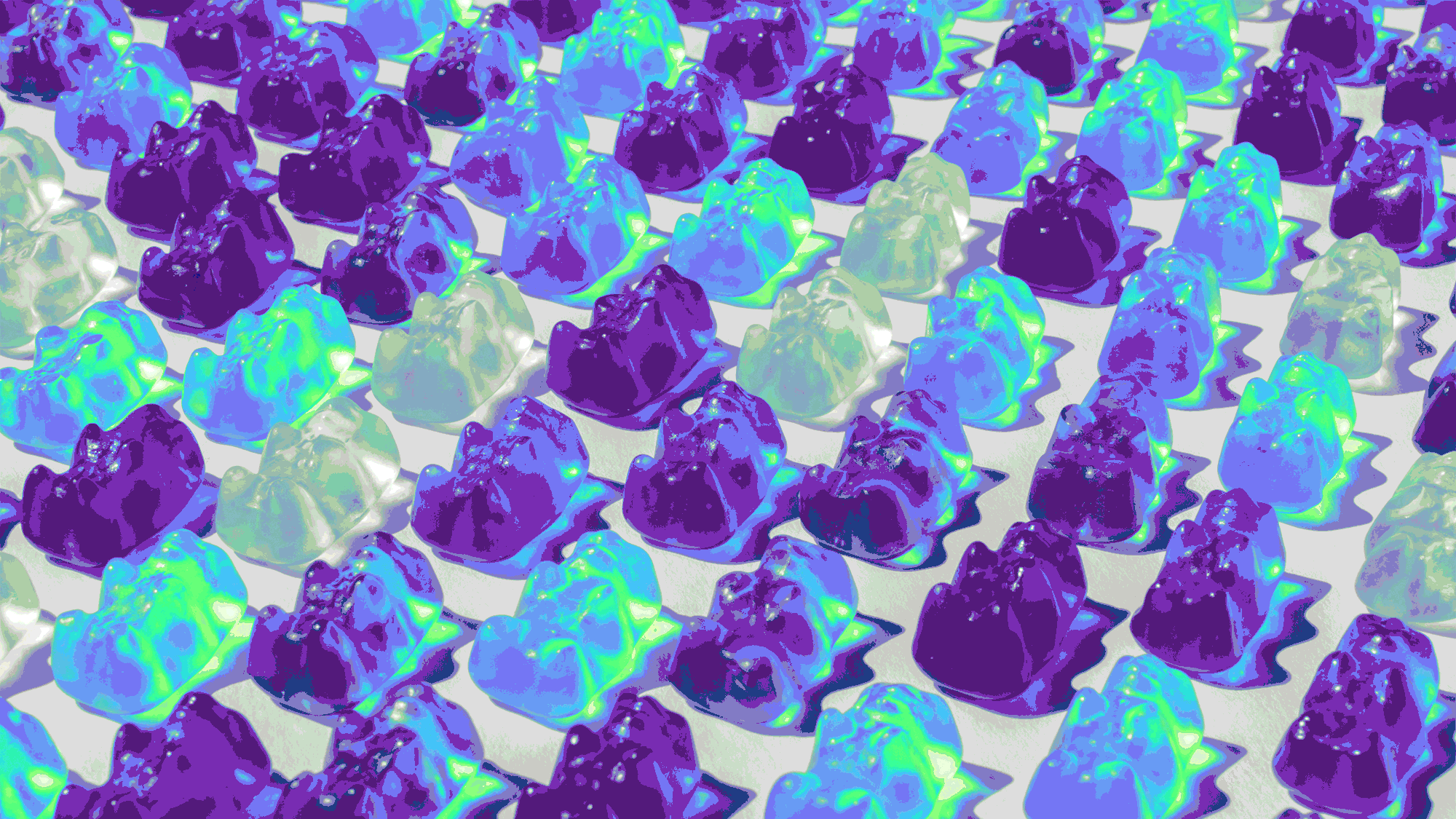What Is Carnauba Wax, And Why Is It In My Food?
Welcome to another installment of Ingredients Decoded, where we check the ingredients label on a packaged food, arbitrarily select something we don't understand or cannot pronounce, and figure out what it actually is. Is it good? Is it bad? We don't know! That's something that scientists and "wellness gurus" can argue about. We just want find some basic answers so that you may jump to your very own wild conclusions.
This week we're looking at carnauba wax, a naturally waterproof coating produced by the leaves of the carnauba palm, a tree that only grows in northwestern Brazil. The leaves are harvested without harming the tree, then dried and beaten to loosen the wax, which is then stripped off mechanically.
Carnauba wax has a melting point of 180-187 °F, making it the hardest commercially available, natural wax. It sets harder than concrete, is nearly insoluble in water and ethanol, and can be polished to a highly glossy sheen. It's non-toxic and hypoallergenic, and its durability makes it a popular material for use in myriad products and industries, from floor waxes to dessert toppings. It's often found in vegan cosmetics and other beauty products as a replacement for beeswax, and it's used in pharmaceuticals as a coating for pills. It's even the coating responsible for helping your dental floss glide easily between your pearly whites.
In the food industry, carnauba wax is popularly used to keep candy coatings shiny, as well as protecting them against melting—it's what makes sure your M&Ms melt in your mouth and not in your hand. It's found in fruit snacks and gummy candies, where it provides texture and stability. It's also used as a coating on fresh fruits and vegetables to keep them looking attractive, as well as for protecting them during the shipping process. So while wax sounds unappealing, remember carnauba is natural and plant-derived—and the alternative is a melted candy.
